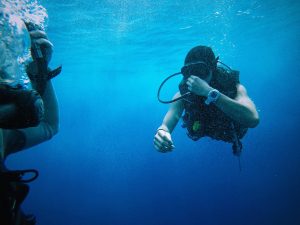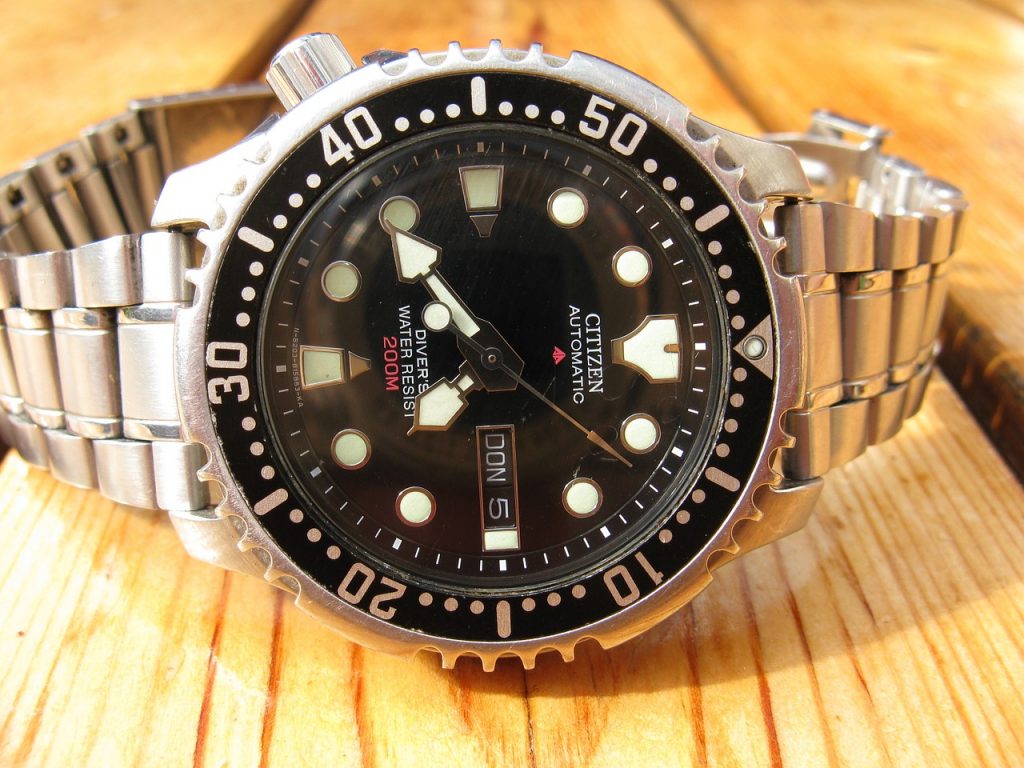One of the most sought after timepieces is a divers watch. Though it might cater to an elite type of sport, it still commands a high level of status among watch owners and collectors alike. However, there is a lot of questions surrounding the certification of a divers watch. It is for the simple fact that the criteria for a watch to be certified as divers watch could be too technical for most people.
This is why it would help if we break down some of the tests performed on a watch by ISO certification agencies that would grant a watchmaker to have a divers watch on their product lineup. These set of tests could have very well been shaped by some of the earlier dive watches in history. From Panerai’s 650-feet water resistant watches for the Italian Navy in the 1930s, the 1932 “Marine” of Omega, the “Fifty Fathoms’ of Blancpain in 1953, and even Seiko’s divers watch in 1965. These watches have shaped what a diver’s watch is at present.
Divers watch

Reliability under water test
The watch is put under 30 cm or 12 inches of water for 50 hours. This is done at 18-25°C or 64-77°F. After this, the functionality of the watch is put to the test. This is followed by carefully putting the watch on a plate heated up to 40-45°C or 104-113°F. As soon as the watch carries the same temperature, a drop of water with 18-25°C or 64-77°C (the same level with which it was submerged for more than 2 days) is dropped on the crystal – the top part that helps protect the watch from external factors. This drop is left for 60 seconds and then cleaned off. This is to check for condensation inside the crystal. The science behind this is that the heat transforms any humidity inside the watch into vapor which would condense under the cool drop of water.
Dark visibility test
The ISO standards dictate that a divers watch must be visible under 25 centimeters of darkness. The means that the hour, minute and seconds hand must be clearly seen. Battery powered versions need to have low battery indicators as well visible under the same depth.
Resistance to salt water test
This is to test how the watch holds up to being used in salt water. The test is done by submerging the unit in sodium chloride solution that resembles the salinity of salt water which is about 30 grams per liter of sodium chloride. The watch remains underwater for a whole day after which, all functionalities are tested after.
Water resistance test
Before the water resistance test, the unit is put on a hot-plate condensation to check for moisture. After which, the divers watch is subjected to an overpressure that is equal to 125% of its rated pressure. It stays in there for 2 hours and then depressurized by three meters for another hour. Once that is done, the watch is dried off and checked for functionality and even for moisture inside the crystal.
It is important to take note that these are some of the stringent tests done on a divers watch. However, there is also ISO 2281 which is more flexible as it deals only with water-resistant types of timepieces.


